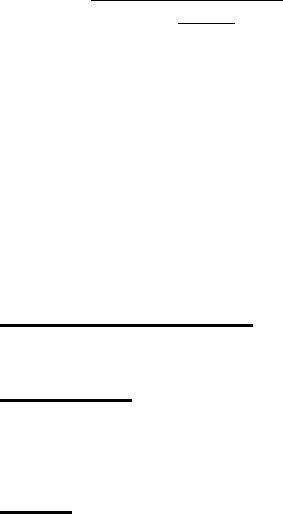 |
|||
|
|
|||
| ||||||||||
|
|  MIL-T-52843C
Where:
PF
=
Tire pressure, front (psi)
PR
=
Tire pressure, rear (psi)
P
=
Tire pressure, average = 1/2 (P + PR)
F
AF
=
Axle load, front (lbs)
AR
=
Axle load, rear (lbs)
A
=
Gross vehicle weight - AF + AR
K
=
53.75 + 0.000139A (for nonradial tires)
K
=
55.77 + 0.000032A (for radial tires)
A
C = Log
117 R
0.607 + 1.35
- 4.93
5W + D
R
= Tire ply rating
W
= Tire width (in. - as cited in tire size)
D
= Rim diameter (in. - as cited in tire size)
The FI shall be determined with forklift fully fueled and serviced
with lubricants. For the purpose of calculating both loaded and
unloaded FI, the front tire inflation pressures shall be based on
front axle weight with rated capacity load in carry position and rear
tire inflation pressures shall be based on rear axle weight with no
load on forks in carry position. Pressures may be reduced by not more
than 30 percent of the recommended pressure published in the TRA
Yearbook for the forklift's tire load at 5 mph rating.
3.9.3 Longitudinal gradeability. The forklift shall ascend a 45
percent grade in forward gear range at a speed of not less than 2 mph
with rated load.
3.9.4 Travel speed. The forklifts shall be capable of travel
speeds as follows:
Forward without load - 20 mph minimum. Forward with rated load -
15 mph minimum. Reverse with rated load - 7 5 mph minimum.
.
3.9.5 Fording. The forklift shall be equipped for operation in
seawater to a fording depth of 60 inches including wave action.
Forklift components shall be protected from damage, malfunction and
corrosion due to immersion followed by drying for those components
below the fording level, and due to splash and spray for those
components above the fording level. When tested as specified in
4.6.2.31 the truck shall operate during and after fording operation
without malfunction or damage from corrosion or salt. The volumetric
water content of lubricants and hydraulic fluid shall not exceed 5
percent, and there shall be no measurable increase of water in the
fuel at the conclusion of fording tests.
13
|
|
Privacy Statement - Press Release - Copyright Information. - Contact Us |